High School Recommendation Letter Template
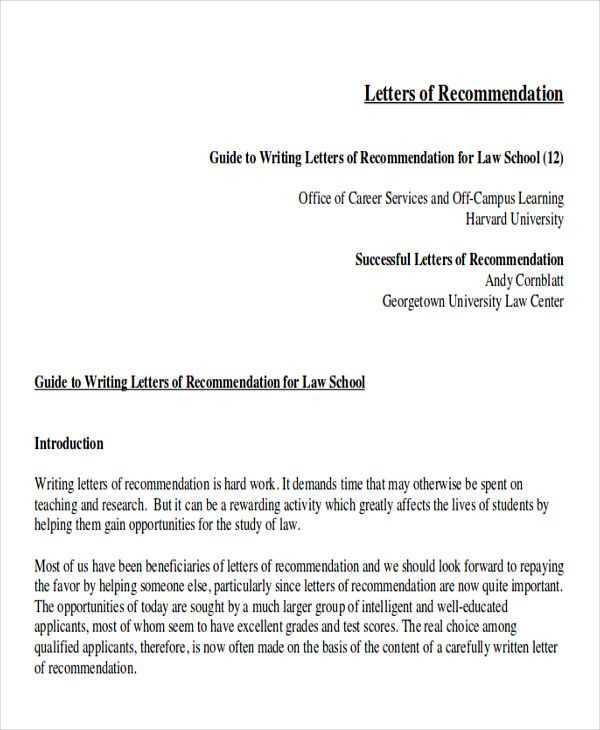
Writing a powerful endorsement for a student is crucial in helping them stand out during the college application process or scholarship evaluations. Such a document serves as a personal recommendation from someone who can speak to the student’s character, achievements, and potential. A well-written endorsement can make a significant difference in securing opportunities for the student.
To ensure your endorsement is both effective and compelling, it is important to include specific details that highlight the student’s strengths. Instead of vague generalities, focus on concrete examples of the student’s abilities, accomplishments, and growth. This approach will help create a persuasive case for the reader, showcasing the student’s qualifications in a memorable way.
Having a clear structure is key when drafting such an important piece. Each section should follow a logical flow, allowing the reader to easily follow the narrative. Whether you’re endorsing someone for academic purposes, extracurricular involvement, or character traits, organizing the content clearly ensures your message is impactful.
Ultimately, the goal is to convey a genuine and thoughtful portrayal of the individual. With the right approach, your written endorsement will not only reflect the student’s strengths but also demonstrate your confidence in their future success.
Endorsements play a vital role in the academic and professional journey of a student. They provide an opportunity for others to offer a perspective on a student’s abilities, achievements, and character. This type of writing serves as a bridge between the applicant and the institution or organization reviewing their credentials, making it an essential part of various application processes.
The Value of a Strong Endorsement
A well-crafted endorsement not only highlights a student’s strengths but also helps create a memorable impression for the reader. When done right, it can provide the extra push needed to distinguish an applicant from others in a competitive environment. The value of a strong, well-written endorsement cannot be overstated as it can significantly impact a student’s opportunities.
Why It Matters
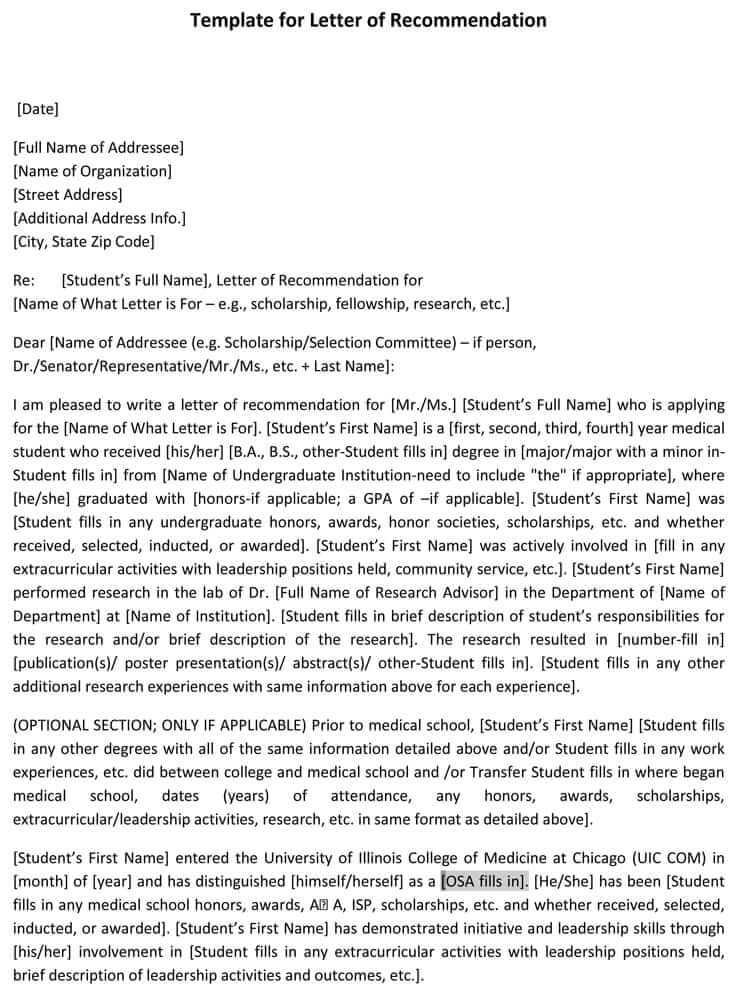
- Building Trust: A strong endorsement establishes trust between the writer and the recipient, demonstrating credibility and sincerity in the recommendation.
- Highlighting Key Qualities: It allows for the emphasis of specific qualities that set the student apart, such as leadership, work ethic, and academic achievements.
- Providing Insight: A thoughtful endorsement can offer insights into the personality and potential of the student that may not be immediately evident through grades or test scores alone.
In essence, this form of writing is not just a formality but a meaningful contribution to an applicant’s future success. The significance of a well-written endorsement cannot be overlooked, as it can influence decisions that shape the direction of a student’s career and academic future.
Key Elements of an Effective Endorsement
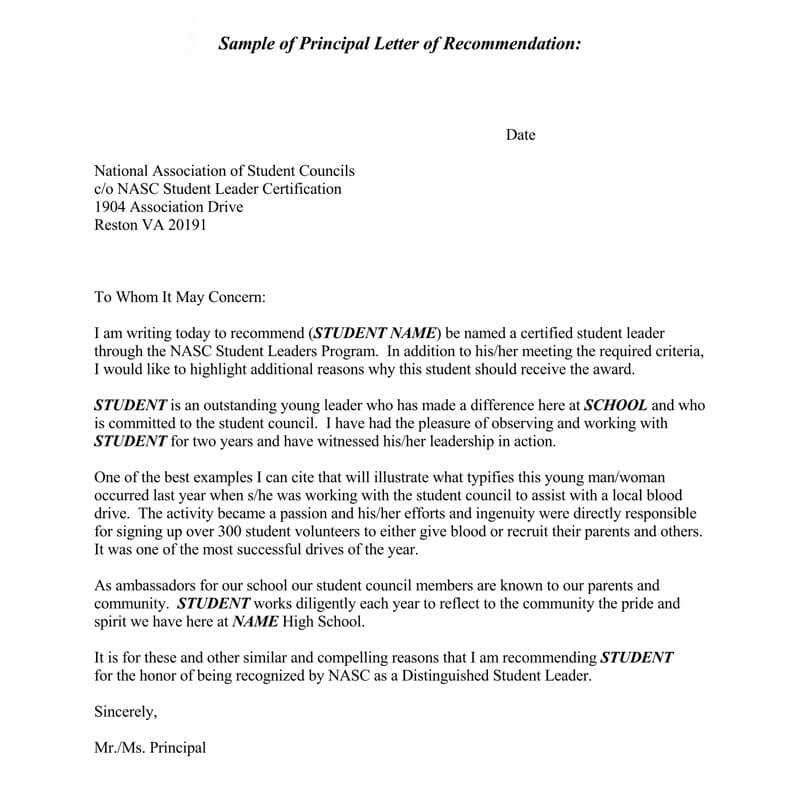
To create an impactful endorsement, certain key components must be included to ensure that the document is both informative and persuasive. A well-structured endorsement not only highlights the candidate’s strengths but also provides clear evidence supporting their abilities and potential. By focusing on these essential elements, the writer can craft a compelling narrative that resonates with the reader.
Essential Components
- Introduction: A brief opening that introduces the student, the relationship with the writer, and the purpose of the endorsement.
- Personal Qualities: An exploration of the student’s character, highlighting attributes such as dedication, work ethic, and interpersonal skills.
- Achievements: A detailed account of the student’s academic and extracurricular successes, showcasing their talents and accomplishments.
- Specific Examples: Concrete instances that demonstrate the student’s abilities in action, making the endorsement more authentic and persuasive.
- Conclusion: A strong closing that reiterates the student’s qualifications and offers a final recommendation, reinforcing the writer’s confidence in their potential.
Structure and Tone
- Clarity and Organization: Each section should be well-organized and easy to follow, with a logical flow of ideas that builds a coherent narrative.
- Professional Tone: While personal, the tone should remain formal and respectful, maintaining a sense of credibility and authority.
- Customization: Tailor the content to the specific opportunity the student is applying for, ensuring that the endorsement aligns with the requirements or expectations of the recipient.
By incorporating these elements into the endorsement, the writer will be able to craft a document that not only provides insight into the student’s abilities but also leaves a lasting impression on the reader.
How to Tailor Your Endorsement
Adapting your endorsement to fit the specific context of the student’s application is key to making it effective. By aligning the content with the goals of the institution or organization the student is applying to, you ensure that the endorsement resonates with the reader. A personalized approach allows you to emphasize the most relevant aspects of the student’s qualities and achievements, making the endorsement more impactful.
Consider the Purpose
- Academic Focus: If the student is applying for an academic program, highlight their intellectual abilities, work ethic, and accomplishments in the classroom.
- Extracurricular Strengths: For applications to programs or scholarships that emphasize extracurricular involvement, showcase the student’s leadership, teamwork, and involvement in activities outside of academics.
- Personal Characteristics: Some applications prioritize personal qualities such as resilience, creativity, or compassion. Focus on these traits if they align with the student’s strengths.
Align with the Recipient’s Values
- Research the Recipient: Understand what the institution or organization values most in applicants. Tailor your endorsement to emphasize these qualities and align with their expectations.
- Highlight Relevant Skills: If the opportunity requires specific skills, such as teamwork, problem-solving, or communication, ensure these are prominently featured in your endorsement.
- Be Specific: Provide examples that match the goals or values of the program or position the student is applying for, ensuring your endorsement addresses the key areas the recipient is seeking.
By focusing on the needs of the recipient and the student’s unique qualifications, you can create an endorsement that stands out and strengthens the student’s application.
Tips for Writing a Persuasive Endorsement
Crafting an effective endorsement requires more than just listing accomplishments; it involves making a compelling case for the candidate’s potential. To persuade the reader, the endorsement must convey both enthusiasm and credibility, providing strong evidence of the student’s qualifications. The following strategies can help make your writing more convincing and impactful.
Focus on Specific Examples
- Provide Evidence: Instead of making generic statements, include concrete examples that demonstrate the student’s abilities in action. For instance, mention specific projects, achievements, or challenges the student has successfully handled.
- Showcase Growth: Highlight how the student has developed over time. Describe their progress, efforts to improve, or how they’ve overcome obstacles to reach their goals.
- Quantify Success: Whenever possible, use measurable outcomes. For example, mention grades, awards, or specific results that reflect the student’s achievements.
Be Authentic and Enthusiastic
- Express Genuine Support: Readers can tell when an endorsement lacks sincerity. Ensure your writing conveys genuine belief in the student’s abilities and character.
- Use Positive Language: Choose words that reflect enthusiasm and positivity. Words like “outstanding,” “dedicated,” and “remarkable” can make a significant impact.
- Avoid Overgeneralization: While it’s important to be positive, make sure your praise is specific and backed by real examples. Avoid overly broad statements that lack substance.
By following these guidelines, you can write a persuasive endorsement that effectively supports the student’s application and helps them stand out in a competitive process.
Common Mistakes to Avoid in Endorsements
When crafting an endorsement, it is important to avoid certain errors that can diminish its effectiveness. These mistakes can weaken the impact of your writing and fail to highlight the student’s true potential. By being aware of these common pitfalls, you can ensure that your endorsement presents the candidate in the best possible light.
- Vague Language: Using unclear or generic phrases such as “good student” or “great person” lacks impact. Specific examples and descriptions are needed to make the endorsement stand out.
- Overly Negative Tone: Even if there are areas where the student could improve, a recommendation should focus on strengths. Avoid mentioning weaknesses or framing the endorsement negatively.
- Inconsistent Focus: Make sure the endorsement is relevant to the specific opportunity the student is applying for. Avoid deviating into unrelated personal traits or experiences.
- Failure to Customize: Using a generic endorsement for every student is a mistake. Tailor your writing to reflect the unique qualities of the individual and the requirements of the opportunity.
- Exaggeration: While it’s important to emphasize the student’s strengths, avoid making unrealistic claims. Being too enthusiastic without proper evidence can harm the credibility of your endorsement.
- Skipping a Conclusion: A strong closing is essential. Failing to conclude with a clear, strong recommendation can leave the reader uncertain about your final stance on the student’s abilities.
Avoiding these common mistakes ensures that your endorsement remains focused, credible, and impactful, making a powerful case for the student’s qualifications.
How to Format Your Endorsement Properly
Proper formatting is crucial in ensuring that your endorsement is both readable and professional. A well-structured document helps convey your message clearly, making a stronger impression on the reader. Follow these guidelines to present your writing in the most effective way possible.
Basic Formatting Guidelines
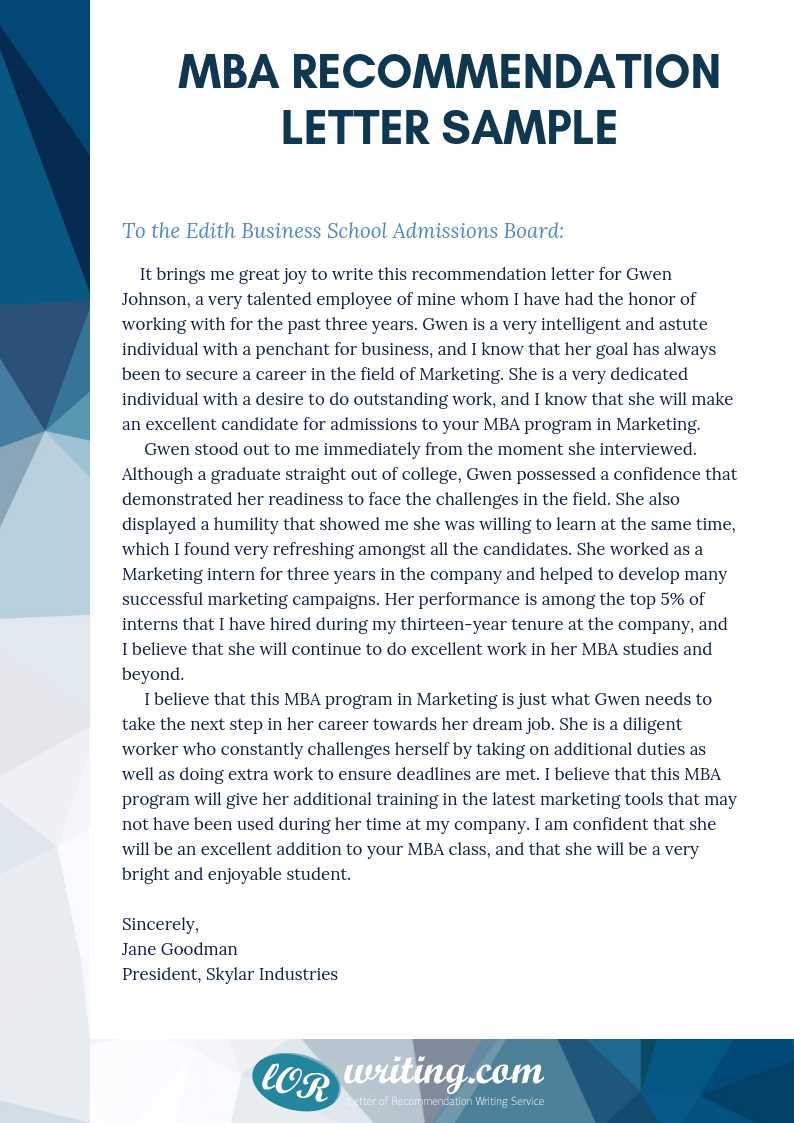
- Use Standard Fonts: Stick to easily readable fonts such as Arial or Times New Roman in a size between 10 and 12 points.
- Margins: Ensure that your document has standard one-inch margins on all sides.
- Single Spacing: Use single spacing between sentences and a double space between paragraphs for better readability.
- Professional Tone: Maintain a formal tone throughout your writing, avoiding slang or casual language.
Document Structure
| Section | Details |
|---|---|
| Heading | Include your name, title, and contact information at the top (if applicable). |
| Introduction | Introduce the student and your relationship to them in the first paragraph. |
| Body | Provide examples and detailed information about the student’s strengths and qualifications in the middle paragraphs. |
| Conclusion | Summarize your recommendation and offer a strong endorsement in the final paragraph. |
By following these formatting guidelines, you ensure that your endorsement is presented professionally and that the reader can easily navigate through your message.
Examples of Strong Endorsement Letters
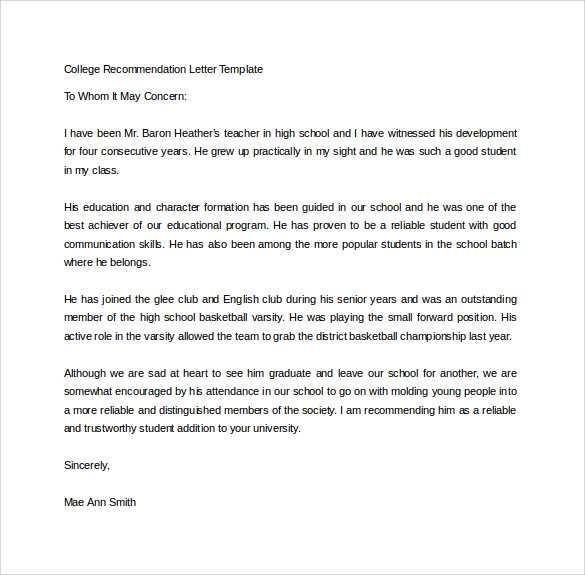
When creating an effective endorsement, providing concrete examples can greatly strengthen the overall message. By incorporating real-life instances that demonstrate the individual’s abilities, you can make a compelling case for their suitability. Here are some examples to guide you in crafting your own impactful endorsement.
Example 1: Academic Excellence
“I have had the pleasure of teaching John for the past two years in my chemistry class. His enthusiasm for the subject and commitment to his studies have consistently impressed me. He regularly participates in class discussions and has demonstrated an exceptional ability to grasp complex concepts quickly. John’s dedication to excellence is evident not only in his grades but in his willingness to help fellow students, making him an invaluable member of our academic community.”
Example 2: Leadership and Responsibility
“Sarah has been an outstanding leader in our student council for the past year. She has taken on numerous responsibilities, including organizing events, leading meetings, and advocating for student needs. Her natural ability to motivate and guide her peers has been invaluable in maintaining a positive and productive atmosphere within the council. Sarah’s organizational skills and ability to manage multiple tasks simultaneously make her an exceptional leader in every sense.”
By providing specific examples such as these, you showcase the individual’s strengths in a clear and persuasive way, making your endorsement stand out as strong and credible.